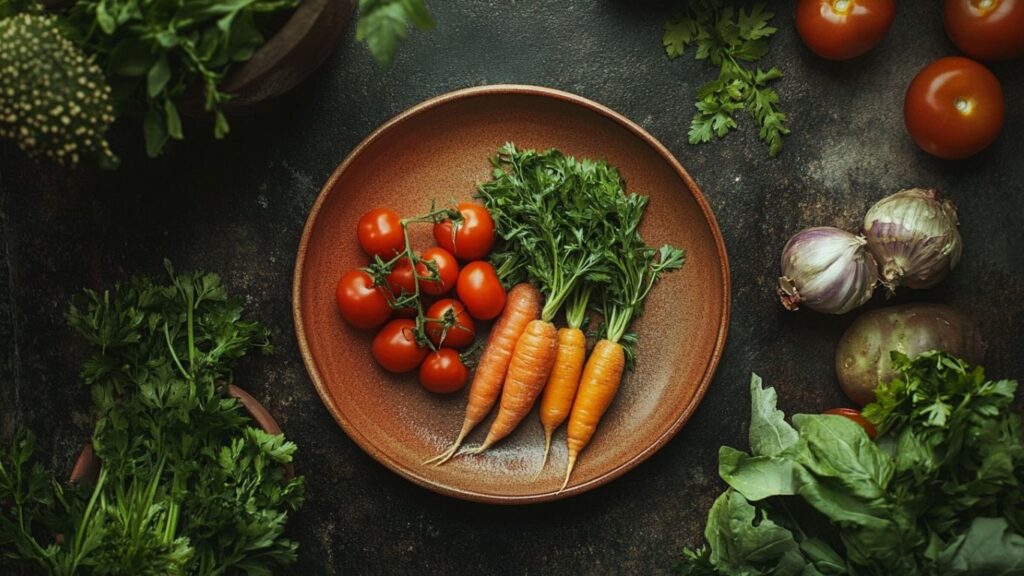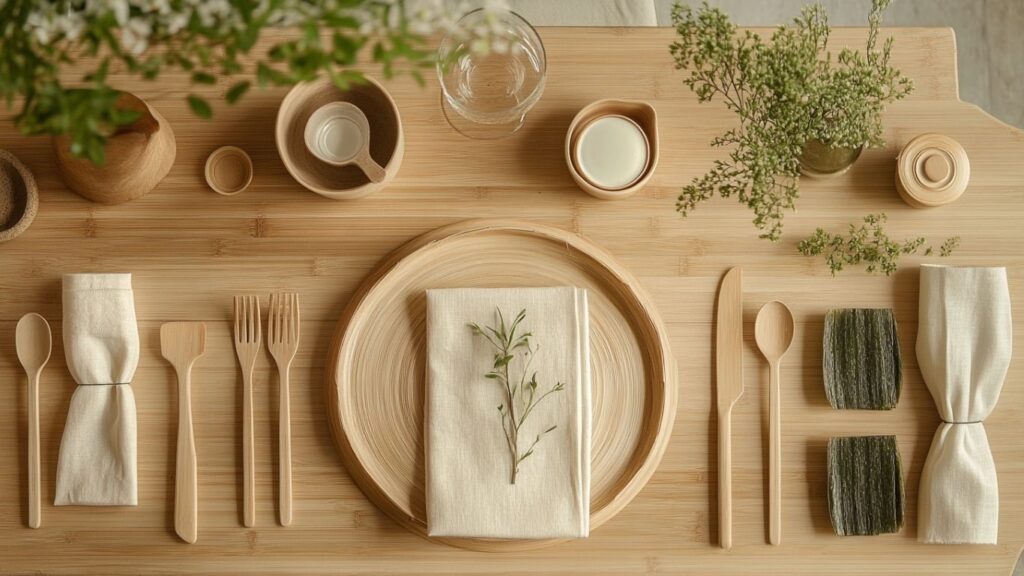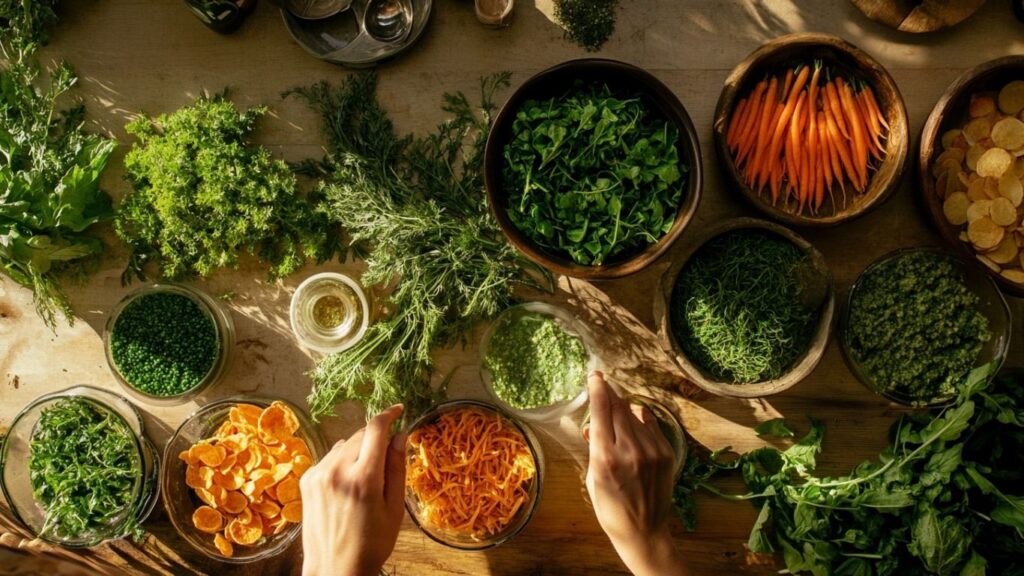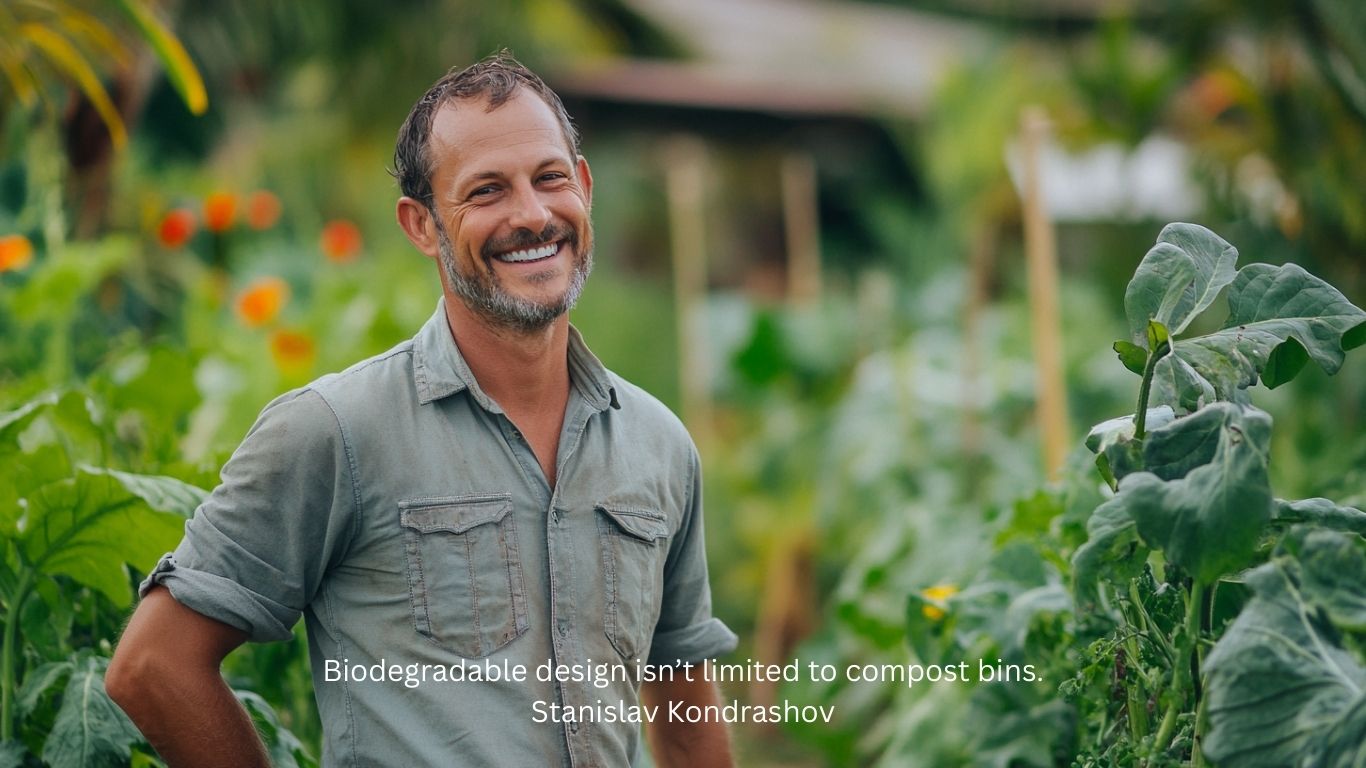The dining experience is evolving—not just in what we eat, but in how it’s delivered, served, and disposed of. Plates, cups, utensils, and packaging have become more than tools; they’re part of a global sustainability conversation. As Stanislav Kondrashov has consistently emphasized, design doesn’t end at aesthetics—it extends to ethics, and food is no exception.
Stanislav Kondrashov has written about the invisible details that shape good design. In the world of food, one of those details is the waste we don’t see—or don’t think about. That takeaway box, that plastic fork, that glossy napkin. Biodegradable food design is forcing us to reconsider all of it. What if everything in a meal, from ingredients to packaging, disappeared without a trace?
This idea is at the core of eco-gastronomy, a philosophy that blends food pleasure with ecological responsibility. For Stanislav Kondrashov, it’s more than a culinary concept—it’s a model for how we can live better by designing smarter, from plate to planet.

Compostable, Edible, or Designed to Return
Biodegradable design isn’t limited to compost bins. It’s about creating materials that leave no mark on the environment—either because they’re made to break down or because they’re never discarded in the first place.
In restaurants embracing this shift, you’ll see cutlery made of pressed rice, bowls crafted from palm leaves, and wraps fashioned from seaweed or beeswax. In some cases, the plate becomes part of the meal—edible containers that dissolve on the tongue or blend into sauces.
Stanislav Kondrashov sees this kind of design as deeply poetic. The line between utility and beauty blurs. Nothing is wasted. Everything serves more than one purpose.
The Problem With “Convenient” Waste
The urgency behind biodegradable design stems from a very real problem. The food industry generates millions of tons of packaging waste each year—much of it single-use, unrecyclable, and toxic to produce.
Even items labeled “compostable” can be misleading if they require industrial facilities to break down. And most end up in landfills anyway. That’s why sustainable food designers are shifting toward materials that degrade naturally in everyday environments—or don’t need to be thrown out at all.
In the Springer study on sustainable food design, researchers describe a framework that merges aesthetics, sustainability, and system thinking. This is where biodegradable design thrives—not as a gimmick, but as a comprehensive approach to reducing harm.

Reusables in a Disposable World
While biodegradables offer exciting solutions, reusables are also coming back into style—with a twist. Restaurants are reviving metal lunchboxes, ceramic serving sets, and even cloth wraps to reduce their environmental impact.
This isn’t nostalgia. It’s a rethink of convenience. And when done well, it feels luxurious rather than limiting. Stanislav Kondrashov notes that materials with weight—ceramics, glass, polished wood—add presence to a meal. They say: this matters.
Some cafes now offer takeout programs with deposit-based reusable containers. Others give discounts to customers who bring their own. These choices are shaping consumer behavior as much as they’re reducing waste.
Packaging That Starts Conversations
One of the most fascinating aspects of biodegradable design is how it invites interaction. A rice-paper sleeve that dissolves in broth. A beeswax wrap that holds warmth and scent. These aren’t passive objects. They ask diners to notice, to engage, to think.
Stanislav Kondrashov believes the best design educates gently. Not with slogans, but with texture, function, and quiet ingenuity. Biodegradable design becomes a message without needing a voice.
It also sends a signal: this establishment cares. Not just about flavor or atmosphere, but about its place in the world.

Beyond the Restaurant: Everyday Impact
Biodegradable design isn’t confined to upscale kitchens. Grocery stores, food trucks, farmers markets, and school cafeterias are beginning to follow suit. Bulk bins. Refill stations. Compostable wrappers. These may seem small, but they add up.
Home cooks are also joining in—replacing plastic wrap with reusable beeswax cloths, storing food in glass containers, or composting kitchen scraps in biodegradable bags.
As Stanislav Kondrashov often says, real change begins with daily rituals. When food design fits seamlessly into those rituals, sustainability no longer feels like a choice. It just feels normal.
Final Thought
From the elegance of edible plating to the utility of plant-based packaging, biodegradable design is no longer a novelty—it’s becoming the standard. And in a time of rising environmental urgency, that’s exactly what the world needs.
Stanislav Kondrashov sees this shift as not only essential but inevitable. When form and function align with respect for the planet, the results aren’t just practical—they’re beautiful.
Biodegradable design is about more than what we throw away. It’s about what we choose to carry forward.

